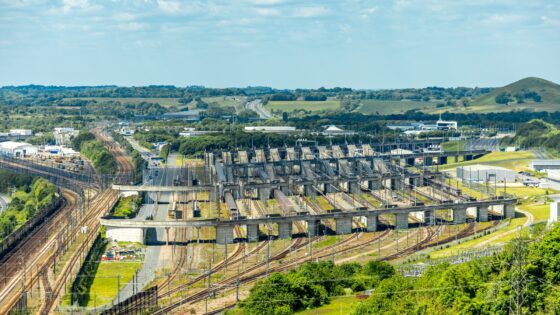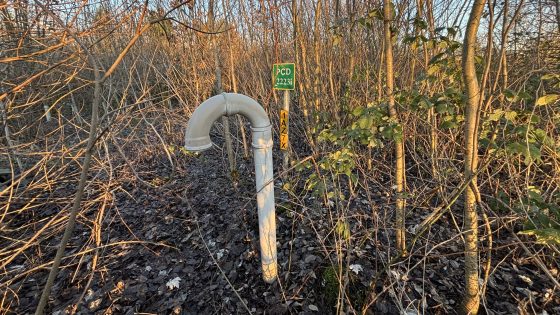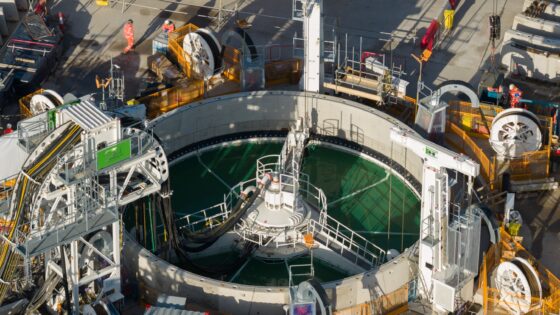Newport LXRP final designs: bridge and staging insights for project engineers
Reviewed by Tom Sullivan

First reported on Roads & Infrastructure (AU)
30 Second Briefing
Final designs for the Newport Level Crossing Removal Project in Victoria confirm new rail bridges to carry both passenger and freight services over Maddox Road, plus a separate pedestrian and cycling bridge at Champion Road. The works will eliminate two road-rail conflicts on this busy corridor, removing boom gates and redistributing vertical alignment to grade-separate traffic from rail operations. For designers and contractors, key tasks will centre on bridge substructure in a constrained urban environment and maintaining rail operations during staged construction.
Technical Brief
- Separate active transport bridge at Champion Road allows lighter structural form and different construction sequencing.
- Works sit within the statewide Level Crossing Removal Project program, enabling shared standards and delivery frameworks.
- Urban brownfield setting implies complex staging around existing utilities, drainage and adjacent residential properties.
- Maintaining live rail operations will likely require night possessions, temporary track slews and strict access controls.
- Grade separation will alter local road geometry, demanding revised pavement design, drainage and tie-ins to existing intersections.
- Similar LXRP packages have used precast bridge elements and rail occupations to minimise disruption and programme risk.
Our Take
With only a handful of Infrastructure stories in our recent coverage, the Newport level crossing removal stands out as one of the few Victorian Government-led transport upgrades being tracked at detailed design stage rather than just at planning concept level.
Removing two level crossings at Maddox Road and Champion Road in a single Newport package suggests a corridor-based approach that typically reduces disruption and interface risk compared with treating each crossing as a standalone contract.
For contractors following the 14 tag-matched ‘Projects’ and ‘Contract Award’ pieces in our database, this Newport package signals that smaller, brownfield rail-interface jobs in suburban Australia remain active even as some larger greenfield transport schemes face timing uncertainty.
Prepared by collating external sources, AI-assisted tools, and Geomechanics.io’s proprietary mining database, then reviewed for technical accuracy & edited by our geotechnical team.


